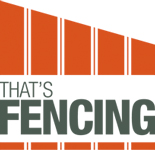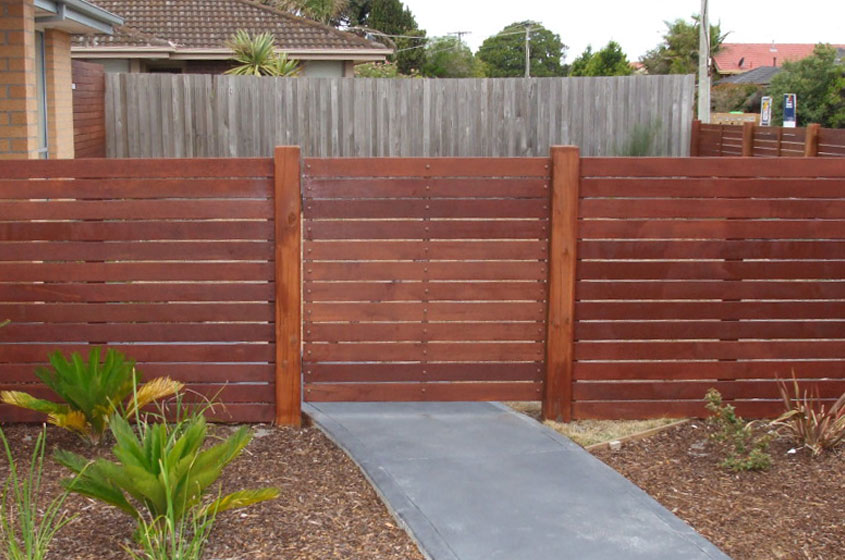6 Essential Tools for Timber Fencing Installation
You are planning to install a timber fence in your garden. Do you have all the necessary tools? From post hole diggers to claw hammers, each tool has a specific function. Knowing these tools and how to use them is helpful.
We will discuss the selection of tools used in timber fencing, ensuring you are not only prepared but also equipped for success. Are you ready?
Your perfectly installed timber fence is waiting.
1. Measuring and Marking Tools
In the process of installing a timber fence, accurate measurement and marking are crucial stages. Essential tools include a measuring tape, spirit level, and marking chalk or pencil. These tools handle distance, alignment, and marking tasks, contributing to a flawless execution.
A measuring tape is used to find the exact length of the fence. A spirit level ensures perfect vertical and horizontal alignment, which is crucial for the stability of the fence. Marking chalk or pencil is useful for marking the exact locations for posts, which helps in avoiding mistakes. Using advanced tools such as a laser level could also be beneficial.
Precision is crucial in fence installation. Therefore, using the appropriate tools for measurement and marking is vital. It’s a fundamental step towards a successful, professional-grade fence installation.
2. Digging and Ground Preparation Tools
After precise measurement and marking of your fence line, the next step is ground preparation and hole digging. This is when you’ll need tools like a post hole digger, spade, and wheelbarrow.
The post hole digger is a vital tool for creating deep, narrow holes. It’s structured to extract soil effectively, which helps in providing a strong base for your fence posts.
A sturdy spade aids in clearing the area and levelling the ground, while a wheelbarrow is useful for removing extracted soil and debris.
Correct ground preparation plays a key role in achieving a professional fence look. Utilising these tools, you aren’t just constructing a fence but creating a durable and appealing boundary for your property.
3. Cutting and Shaping Tools
After preparing the plot, the next step involves cutting and shaping timber components. To accomplish this, specific tools are necessary.
A circular saw is known for its high power and precision, which allows for neat, straight cuts. A handsaw, on the other hand, is beneficial for smaller, intricate tasks due to its flexibility and control. A chisel should also be part of the toolset, especially for refining the shape of timber pieces or creating joints.
These tools, when employed properly, guarantee a clean, professional finish for timber fencing. It should be noted that appropriate tools not only simplify the task at hand but also improve efficiency and work quality.
The subsequent section will address an integral part of the installation process: fastening and securing tools.
4. Fastening and Securing Tools
After cutting and shaping a significant number of timber pieces, the next step is to fasten and secure them together to construct a strong fence. This task requires tools like a power drill, screwdriver, and hammer.
A power drill is used to bore holes for screws or bolts, which helps in ensuring a secure connection. A strong screwdriver is used to drive screws into the timber, establishing a firm bond between pieces. A hammer, an often undervalued tool, is used for quickly nailing pieces together.
Utilising the appropriate tools not only streamlines the process but also results in a professional-looking finish. Therefore, preparing these essential tools is a vital step in creating a durable and aesthetically pleasing timber fence.
5. Levelling and Alignment Tools
Whilst constructing a timber fence, utilising appropriate levelling and alignment tools is of great significance. The importance of a spirit level, string line, and plumb bob for this task can’t be overlooked.
The spirit level is used to confirm the verticality of your fence posts. This efficient tool, with its simple bubble mechanism, quickly indicates any imbalance.
The string line ensures straight alignment of your fence, providing a precise and reliable way to maintain alignment.
The plumb bob, a tool that employs gravity to determine verticality, contributes to the accuracy of the task.
The use of these tools streamlines the installation process and helps ensure a finished product of high quality.
6. Safety Equipment
After ensuring that your fence posts are level and aligned, the focus shifts to safety. Essential tools like safety glasses, work gloves, and ear defenders are required. Safety glasses protect your eyes from flying debris, gloves protect your hands from splinters and cuts, and ear defenders protect your hearing from the noise of power tools.
However, there is more to safety, with some choosing to use advanced equipment such as reinforced boots and hard hats for extra protection. It is important to note that during the installation of timber fencing, your safety is crucial.
We have discussed the essential safety equipment, and now we will talk about optional tools that may enhance your productivity during installation.
Optional Tools for Improved Efficiency
Certain tools, although not strictly essential, can contribute to the efficiency and quality of your timber fencing installation.
A nail gun, for instance, can speed up the process and ensure a secure, sturdy fence.
An electric post hole auger, while not necessary, simplifies the task of digging post holes, saving labour and time.
The use of a post level helps in achieving a well-aligned and level fence. This small investment can potentially improve the quality of work.
Efficiency encompasses both the maintenance of quality and productivity.
These tools could be significant contributors to your timber fencing installation project.
Tips for Choosing and Using the Correct Tools
Whilst certain tools could streamline your timber fencing project, understanding how to select and utilise the right ones effectively is important. Choose strong, long-lasting tools that are able to withstand the process of fencing installation.
Tools with modern technology, like laser levels or power augers, could significantly reduce the time spent on the project and increase accuracy.
Furthermore, prioritise safety by using gear such as gloves and safety glasses. Ensure that you thoroughly understand the user manual of the tools and follow the recommended safety procedures. Regular and thorough maintenance of these tools – such as cleaning and sharpening – can help to prolong their usability.
With this information on tool selection and use, the next step is to choose the ideal timber for your fencing project.
How to Choose the Right Timber for Fencing?
With your toolkit at hand, it’s now time to focus on choosing the timber for your fencing project. Every type of timber has its own set of characteristics, and the wood you select can greatly influence the durability, maintenance, and aesthetic appeal of your fence.
Hardwoods such as Oak or Ipe are worth considering if you want a robust, enduring fence. These types of wood are resistant to weather conditions and pests, though they’re more expensive.
On the other side, softwoods like Pine or Spruce are less costly and simpler to handle, but they might require extra treatments to prevent decay.
The choice of timber should be in line with the requirements of your project, its location, and your budget. Making a detailed, informed decision will help ensure a successful fencing project.
How to Install a Timber Fence?
After choosing your timber, let’s get into how to install your timber fence. Start by determining your fence line with a string line to ensure a straight and accurate fence.
Then, use a post hole digger to create post holes. This tool is made for this task and can make the work easier. After this, put your timber posts in the holes, making sure they’re level. Following this, fix them in place with rapid-set concrete.
Then, connect your rails to the posts using a power drill. Finish by nailing your timber palings to the rails.
Throughout the process, keep verifying your levels. With the correct tools and a meticulous approach, you can create a strong, straight, and professional-looking timber fence.


